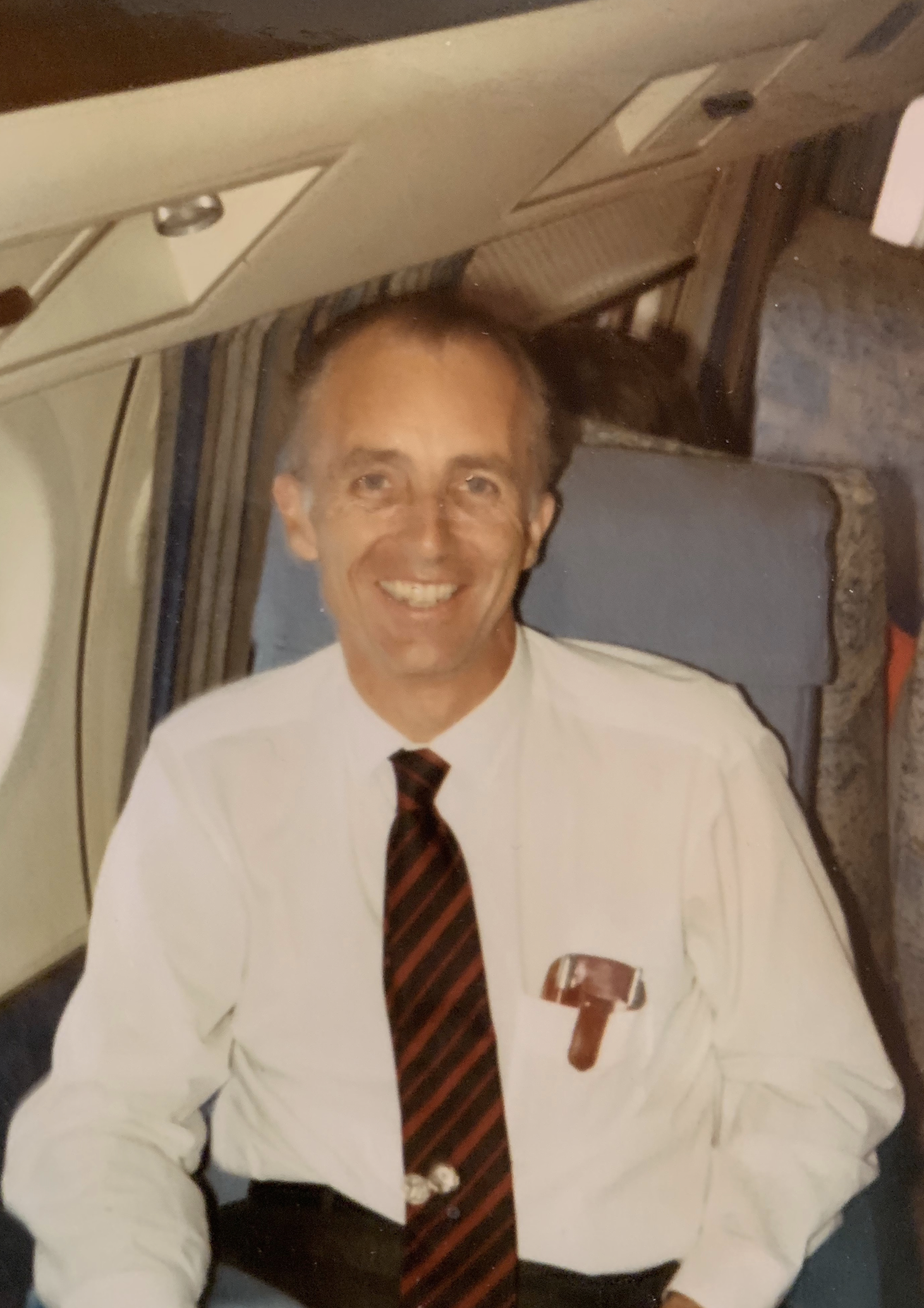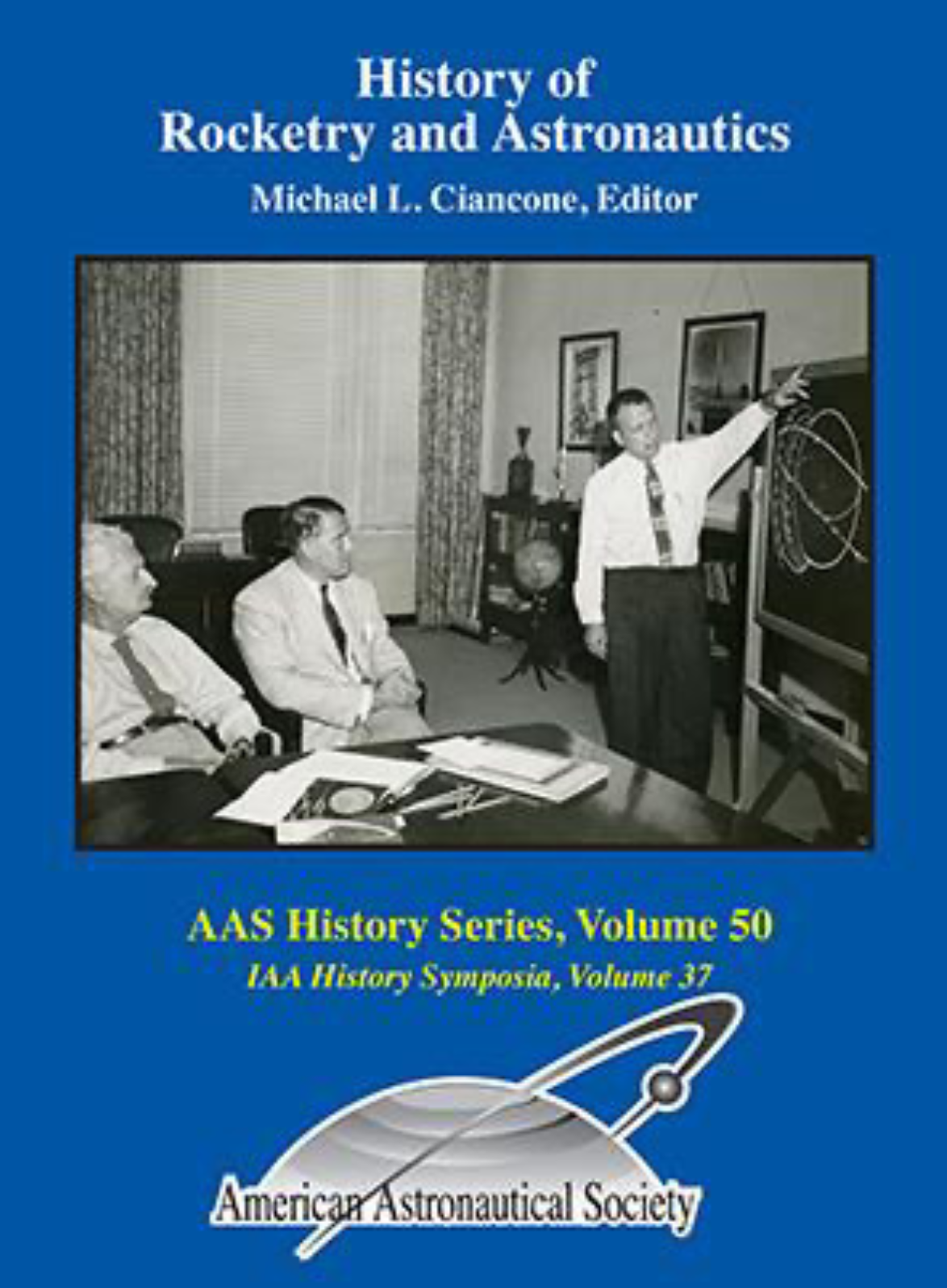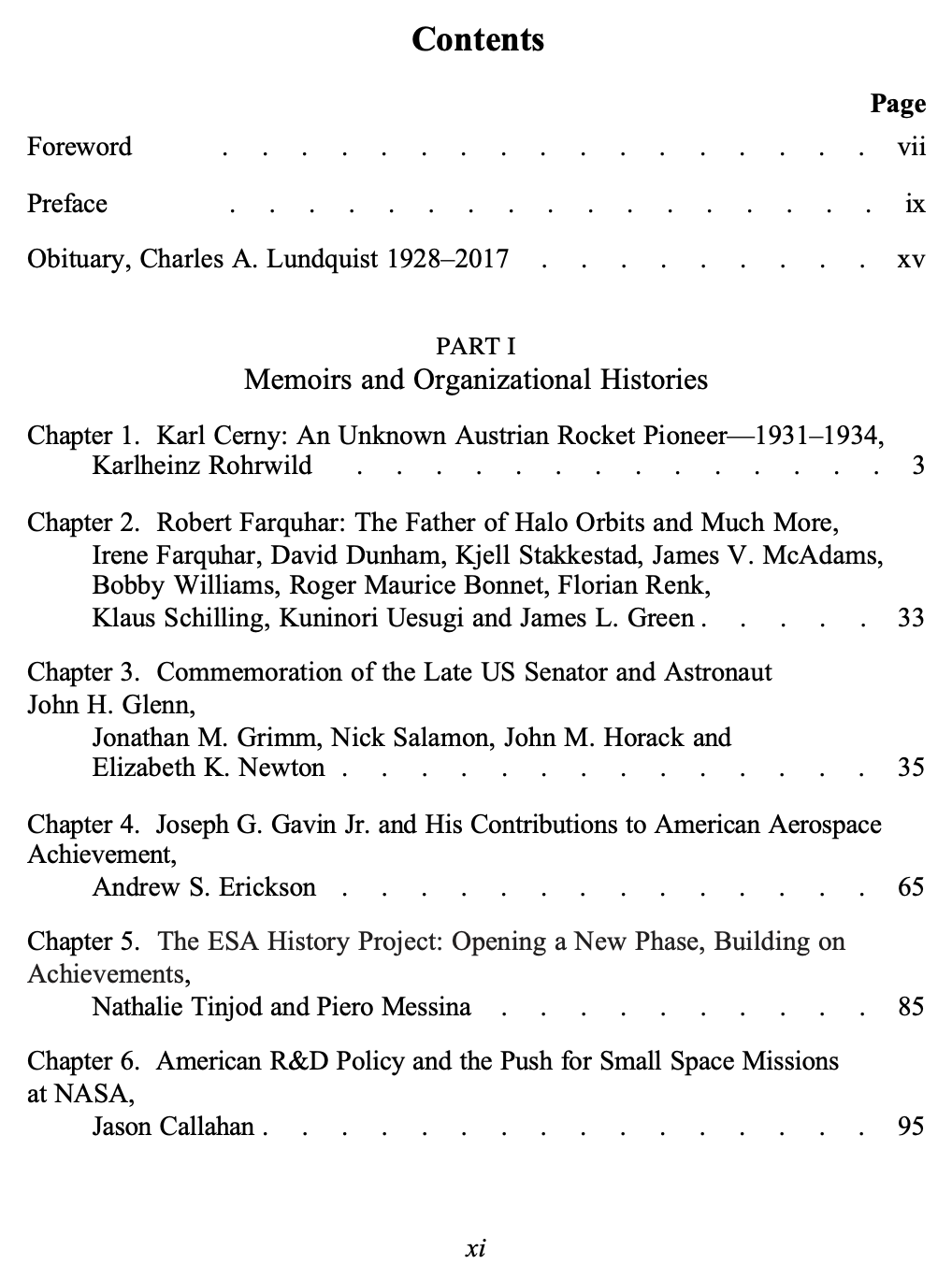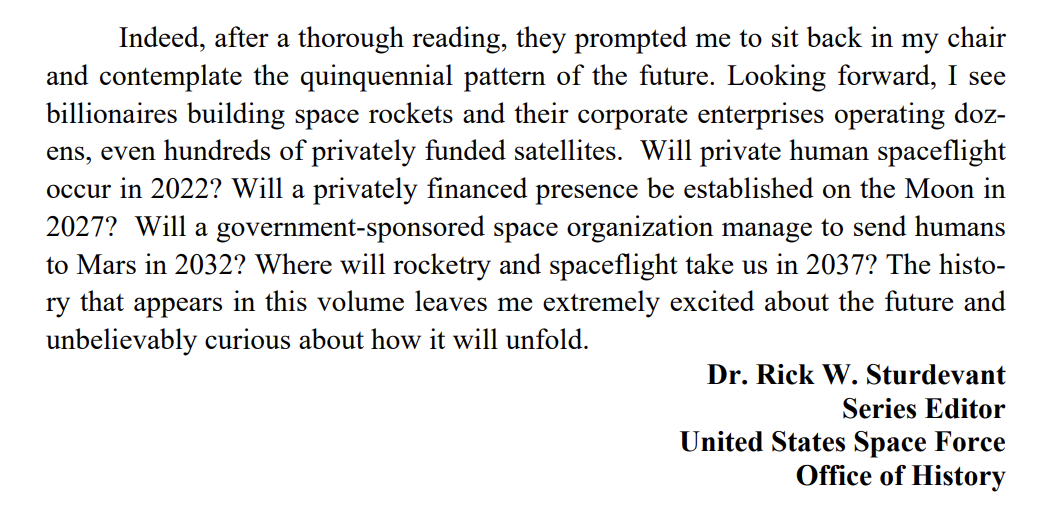Joseph G. Gavin, Jr. and His Contributions to American Aerospace Achievement
Andrew S. Erickson, “Joseph G. Gavin, Jr. and His Contributions to American Aerospace Achievement,” in Michael L. Ciancone, ed., Proceedings of the Fifty-first History Symposium of the International Academy of Astronautics, American Astronautical Society (AAS) History Series, Vol. 50 (San Diego, CA: Univelt, 2020), 65–83.
Chapter 4
Joseph G. Gavin, Jr. and His Contributions to American Aerospace Achievement*
Andrew S. Erickson†
* Presented at the Fifty-First History Symposium of the International Academy of Astronautics, 25–29 September 2017, Adelaide, South Australia. Paper IAC-17-E4.1.6. The views expressed in this article are those of the author alone. They do not represent the estimates or policies of the US Navy or any other organization of the US government.
† Professor of Strategy, United States Naval War College; Visiting Scholar, John King Fairbank Center for Chinese Studies, Harvard University, Cambridge, Massachusetts 02138, United States.
Abstract
Joseph G. Gavin, Jr. had an extraordinary aerospace engineering career in an extraordinary age for American aviation and spaceflight. His employment coincided exactly with the Cold War era of lofty defense spending and ambitious megaprojects. Following degrees from MIT in 1942 and four years as a naval officer in the US Navy’s Bureau of Aeronautics, Gavin spent his entire career with the Grumman Corporation, rising from design engineer in 1946 to president and chief operating officer in 1976 before his retirement in 1985. He was directly involved in the development of naval aircraft, the core Grumman product. He headed development of several aerospace projects, including the Orbiting Astronomical Observatory as Grumman’s chief missile and space engineer, a precursor to the Hubble Space Telescope. Of greatest historical significance, from 1962 to 1972, Gavin oversaw 7,500 employees as director of the Apollo Lunar Module program. NASA awarded him the Distinguished Public Service Medal for his role in saving the Apollo 13 mission; and in 1974 he was elected to the National Academy of Engineering. In retirement, Gavin continued to conduct research on technology and resource policy issues, pursuing especially a fascination with alternative energy that he had developed while an executive at Grumman. He advised the US government and gave presentations to diverse audiences, with a special emphasis on communicating with students from the primary to the doctoral level. Gavin was involved extensively in charitable activities, with particular interest in education, health care, and equal opportunity. A member of the MIT Corporation, he was closely involved with the development of his alma mater throughout his adult life, and attended his last board meeting a month before his death at age ninety in 2010. Gavin’s wide range of responsibilities, contacts, and experiences—combined with a penchant for travel that included attendance at virtually every International Astronautical Congress from 1980 to 2005—afforded him unusual insights into the geopolitics, military-technological frontier, and policies of his era. Aside from succinct presentations at a few major venues—such as the 2002 Congress and when receiving the Aero Club of New England’s 2010 Godfrey L. Cabot Award—however, Gavin’s humility and focus on the future prevented him from writing a memoir or otherwise publicizing his experiences. To finally tell this story of an engineer’s extraordinary life in an extraordinary age of American aerospace activity, the author draws on interviews with Gavin and his family, as well as access to his personal records.1
I. Getting Launched in Life
“Those who knew Joe knew he never sought to be in the limelight, though, as head of our space program, he should have been,” said Patricia McMahon, vice president of Northrop-Grumman, upon Gavin’s death in 2010. “He was one of the great pioneers in the aerospace industry.”2 Since Gavin did not leave memoirs of his own, this chapter aims to shed light on his life and career to a degree previously unavailable to the public.
Joseph Gleason Gavin, Jr. was born on September 18, 1920, in Somerville, Massachusetts. His lifelong interest in aircraft and space travel began early. As a youth he drew inspiration from Buck Rogers and Charles A. Lindbergh—traveling hours as a seven-year-old to see “Lucky Lindy” land on a small Vermont airfield following his transatlantic flight in 1927. Still more important, at a 4-H camp one summer he met Dorothy Grace Dunklee of Brattleboro, Vermont. They married in 1943, a love match that lasted sixty-seven years until Gavin’s death.
Gavin graduated from the Boston Latin School. At MIT, where he was captain of the varsity (heavyweight) crew, he earned a combined bachelor’s-master’s degree with honors in aeronautical engineering in 1942. There Gavin would form lifelong personal and professional associations. In 1995, at Gavin’s induction as a life member emeritus of the MIT Corporation, Carl Mueller, fellow classmate and crew team member, would attest that “his generosity and abiding concern have strengthened this institution immeasurably,” describing him as “a modest gentle man whose powerful intellect and effective leadership have literally put men on the moon and returned them safely to Earth.”3
Following graduation in 1942, Gavin spent four years in Washington, DC. He entered the US Naval Reserve as an engineering officer with the rank of lieutenant. He was posted at the Naval Bureau of Aeronautics, then housed temporarily on the National Mall. There he was involved in the early work on aircraft jet propulsion and served as the project officer on the Navy’s first jet airplane. Thanks to his recent studies at MIT, Gavin viewed aeroengines as a revolutionary technology that would make a significant difference by allowing flight speeds to increase by several hundred miles per hour. Some of the more senior naval aviation specialists were skeptical about the new technology’s potential, affording Gavin unusual opportunity and responsibility for his age.4 Gavin received a commendation for his contributions to the US Navy’s jet fighter program. … … …
VOLUME INFORMATION:
Volume 50 of the AAS History Series
History of Rocketry and Astronautics
Proceedings of the 51st History Symposium of the International Academy of Astronautics (IAA)
Adelaide, South Australia, 2017. Pub. 2020, 412pgs. Ed. Michael L. Ciancone. Includes CDROM containing full text in pdf format
Hard Cover. 978-0-87703-667-8.
Price: $95.00









































